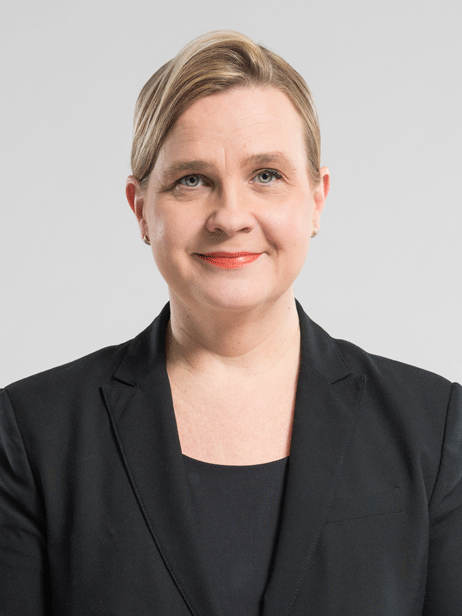Is it hard to find a common direction and a clear view of what lies ahead? Are things being discussed, but without any concrete steps being decided on? In my work as an organization developer and researcher, I come across these kinds of experiences and the resulting pain of uncertainty practically every day. And it’s no wonder, since working life is a complex and continually shape-shifting thing. However, living and coping with complexity as a community requires clarity, the ability to set out a concrete and coherent view of the present and future. The term “closing” is commonly associated with sealing a deal, but to me, it can also refer to the ability to lead a community. I would argue that closing, in the sense of pulling the various strands of a debate together and clarifying the future path, is a leadership skill that’s particularly worth investing in.
Do you get satisfaction from making decisions – or leave room for surprising twists?
Everyone has their own personal view on closing of this sort. Some will gladly allow some leeway for future unexpected changes, and for such people making decision-making too early doesn’t seem a natural or sensible choice. Others, by contrast, get their kicks from the very fact that they can bring things to a close before problems arise that would require new solutions. However, decisions made at the individual level are closely reconciled at the community level. In terms of leadership, the equation is interesting and is linked to the often-heated debate on self-guidance. From the perspective of the community, the ideal of self-direction is difficult to achieve if the efforts of individuals are not coordinated by mutually agreed and sufficiently concrete guidelines. Without this shared sense of direction, progress can’t be made and resources are wasted.
Ask questions and discuss – but don’t leave things hanging!
The art of closing entails, to begin with, the ability of supervisors and managers to facilitate discussion so that everyone’s views and experiences are included in the decision-making. Such multi-dimensional reflection of different perspectives creates opportunities for participants to take a broader view and see things from each other’s standpoint. On the other hand, people tend to become frustrated with discussion that is never summed up, without any decisions being made on how to proceed. With that in mind, and from my own experience, one of the factors in closing is knowing when enough information has been gathered for the decision-making process. In other words, when is the right moment to draw a line under a discussion, to make a decision and agree on what direction to take from there? The advantage of this kind of closure is that it creates space for focusing the energies of the community on the essentials.
Successful experimentation requires the skill to keep everyone on board
At its worst, the pain of complexity leads to indecisiveness, resulting in frustration and uncertainty about the future. Fortunately, however, decisions do not have to be carved in stone. They can also be changed and experimented with when there is good reason to do so in light of new information and increased experience. However, this requires a change in mindsets, and often also in what is expected of leadership. Reversing or amending decisions is not always a sign of poor leadership. On the other hand, successful experimentation also calls for shared reflection on what worked and what didn’t – and through this, for new, concrete decisions on how to fine-tune activities based on what has been learned. For experiments to pay off, the fundamentals need to be first understood, and management must have the skill to keep everyone on board though changing situations.
So closing is not something to be afraid of. Often, the best decision is simply whatever decision everyone can live with until a better one can be made. Solutions can be found both by developing the organization’s leadership culture and the skills of each individual supervisor.


